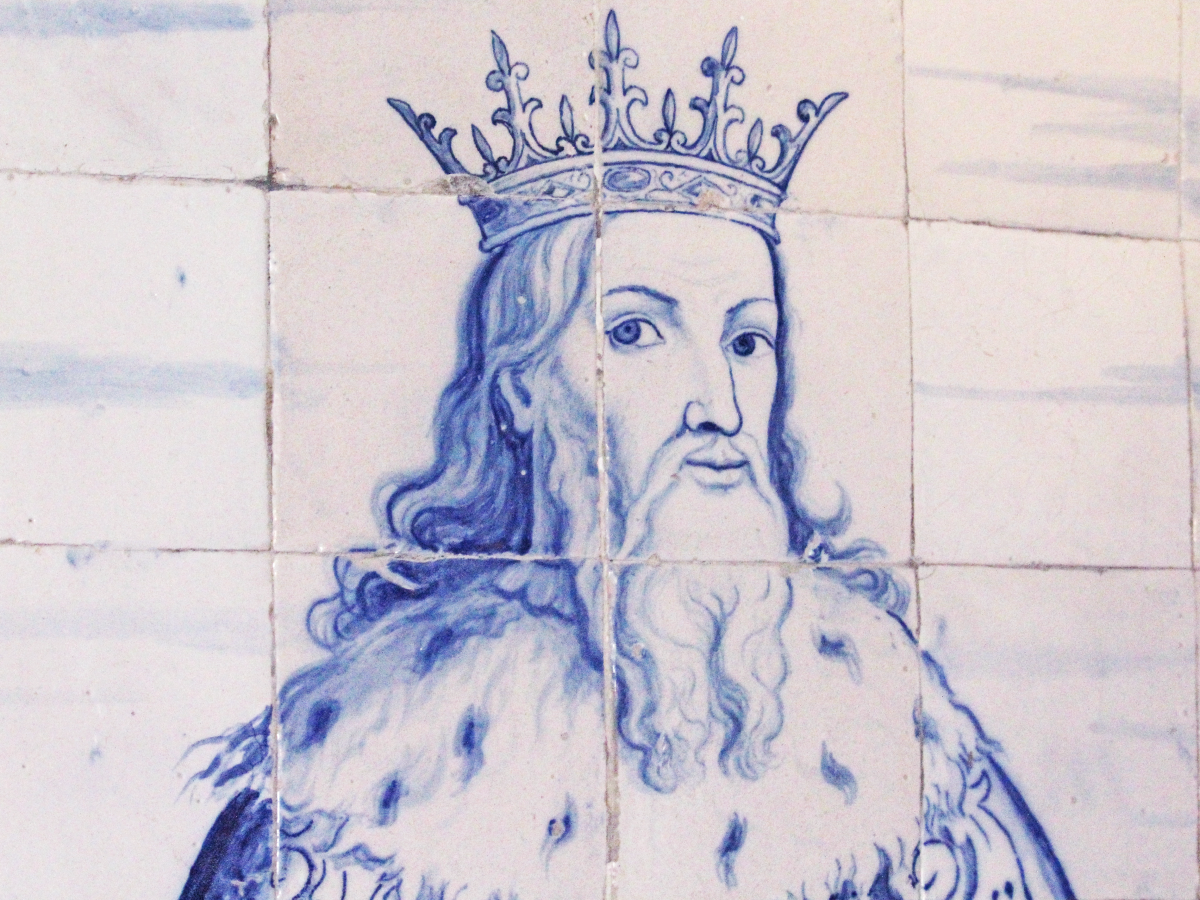El perfecto rey cristiano
La entrada del Monasterio de São Vicente de Fora, con una galería de retratos reales, alberga uno de los programas de imágenes más interesantes del siglo XVIII portugués.
El triunfo del amor sobre la guerra
En la Quinta de Oeiras, dos paneles de azulejos representan victorias del amor sobre la guerra: Marte desarmado por Venus y Andrómeda libertada por Perseu.
Las flores contemplativas de la Esperanza
En Lisboa, los azulejos con emblemas del Convento de la Esperanza asumen la belleza de las flores como símbolo de la vida contemplativa.
As flores contemplativas da Esperança
Em Lisboa, os azulejos com emblemas do Convento da Esperança assumem a beleza das flores como símbolo da vida contemplativa.
The Contemplative Flowers of Hope
In Lisbon, the tiles with emblems of the Convento da Esperança depict the beauty of flowers as a symbol of the contemplative life.
O perfeito rei cristão
A Portaria do Mosteiro de São Vicente de Fora, com uma galeria de retratos régios, guarda um dos mais interessantes programas de imagens do século XVIII português.
The Perfect Christian King
The Monastery of São Vicente de Fora main hall, with a gallery of royal portraits, has one of the most outstanding programs of images from the Portuguese 18th century.
La vida breve en los emblemas de António de Sousa de Macedo
Los emblemas diseñados por el diplomático y poeta António de Sousa de Macedo (1606-1682) están radicados en una profunda tradición humanista, que tiene por fin último conferir un discurso erudito a la arquitectura.
Las virtudes de los planetas
Los pintores y poetas a menudo usaban los planetas del sistema solar para representar la excelencia de los atributos de los reyes y la nobleza.
El discurso erudito
Los paneles de azulejos de la clase de poética del Colégio do Espírito Santo de Évora reproducen las líneas principales del programa educativo jesuita.
Follow My Blog
Get new content delivered directly to your inbox.






